Do aesthetics count for anything with modern single-seater racing cars? Adrian Newey certainly cares how his Red Bulls look but, in truth, form must always follow function when you’re chasing tenths of a second.
Anyway, increasingly restrictive regulations have come to define the shape of racing cars more than a designer’s eye, throttling creativity and leading to a high degree of homogeny. Can you remember the last time you saw a really good looking new single-seater racing car? I’m not sure I can.
Earlier this month, the Indycar Series broke the 2020 racing hiatus for single-seaters – or open-wheelers as they’re known in the States – when the rescheduled season kicked off at the Texas Motor Speedway near Fort Worth. This was a big moment for Indycar under Roger Penske’s new ownership and, with the eyes of the racing world trained on the 1.5-mile Texas oval, the onus was on ring-rusty drivers to put on a decent show and race safe around one of the most fearsome tracks in America.
The 200-lap race turned out to be devoid of too much incident – both good and bad, if we’re honest. Rather than anything unpleasant, the main talking point was the brilliance of Scott Dixon, the veteran New Zealander dominating to take his 47th career victory and equalling Texan legend AJ Foyt’s achievement in winning at least once across 18 different seasons. Like Tom Kristensen, how Dixon never got a chance in Formula 1 is one of the weirdest racing anomalies of the past 20 years.
AERO SCREEN DEFLECTS CRITICISM
The Texas Indycar race was so tame that even the most obvious and significant development was barely a factor. While F1 has pioneered new levels of cockpit safety with its controversial ‘halo’ bars, Indycar has persevered with extensive testing of aero screens – and this race marked the first time they had been used in the white heat of competition. The good news was concerns about visual impairment for drivers appeared largely unfounded. The bad news was just how ugly they made the cars look.
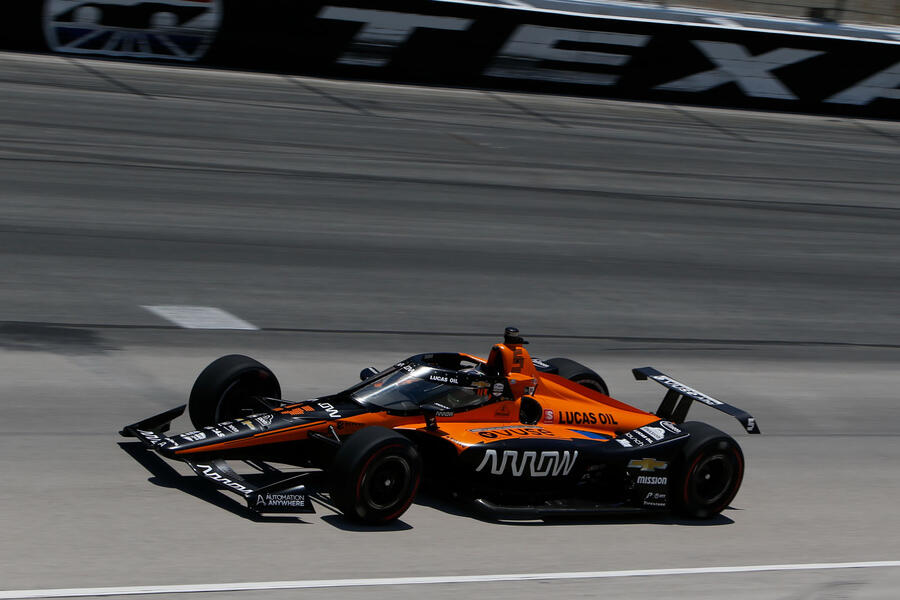


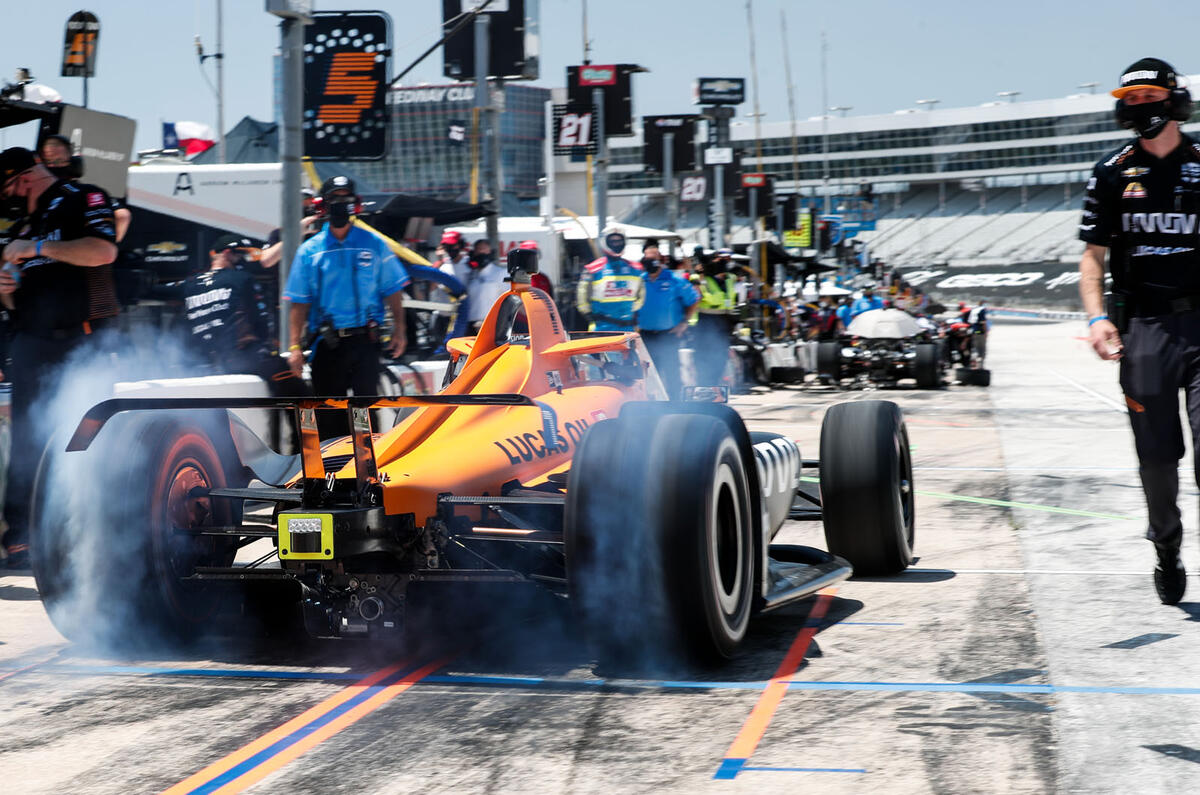
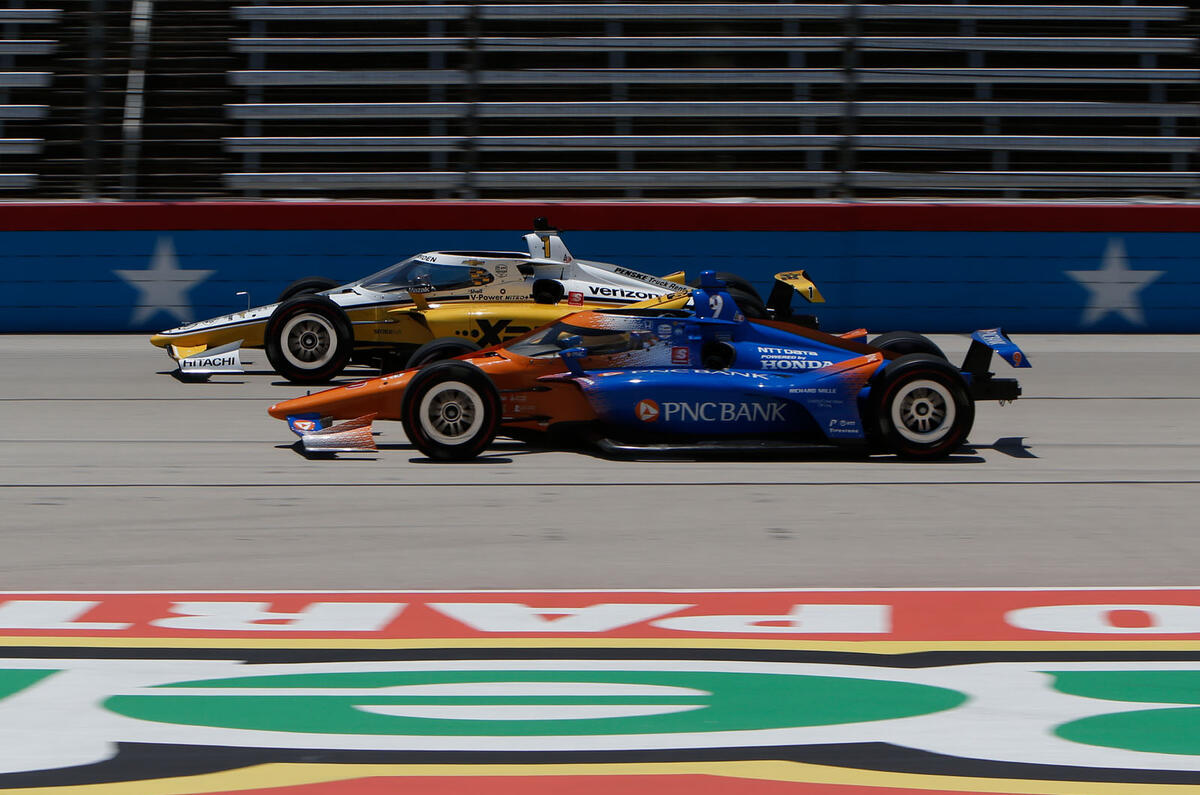

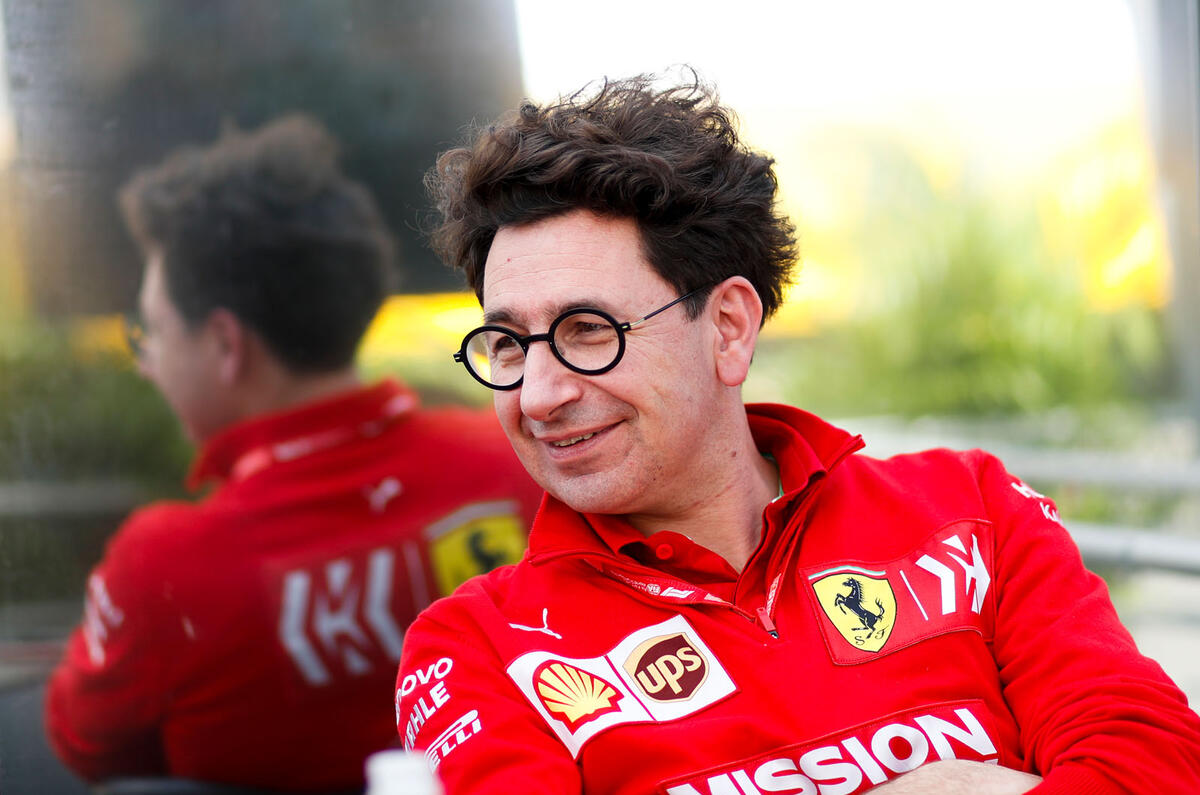
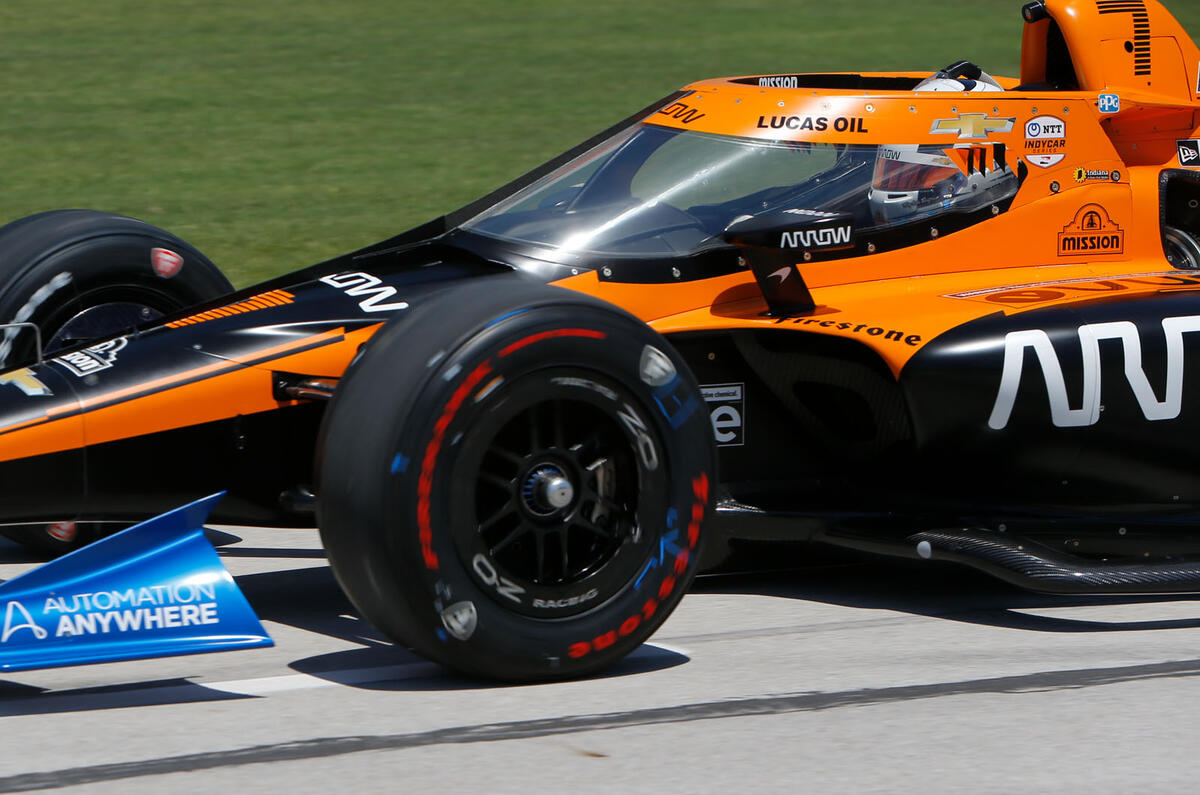
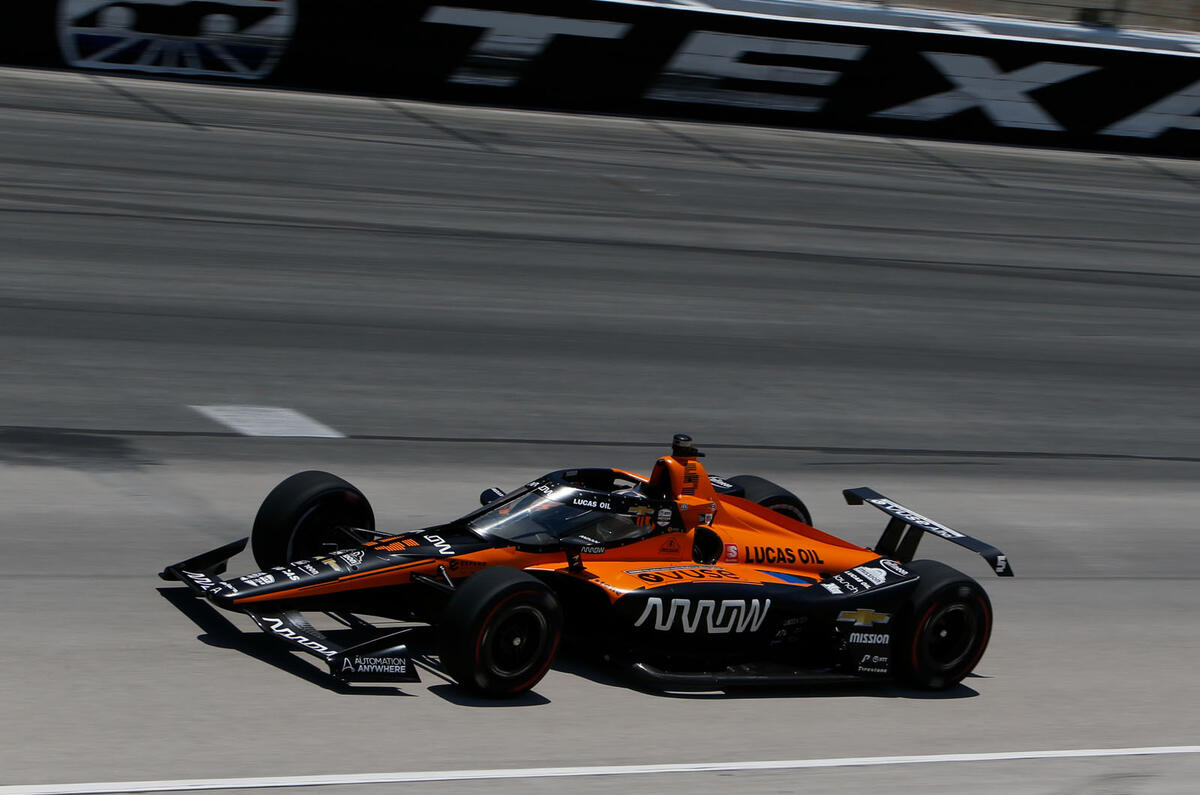

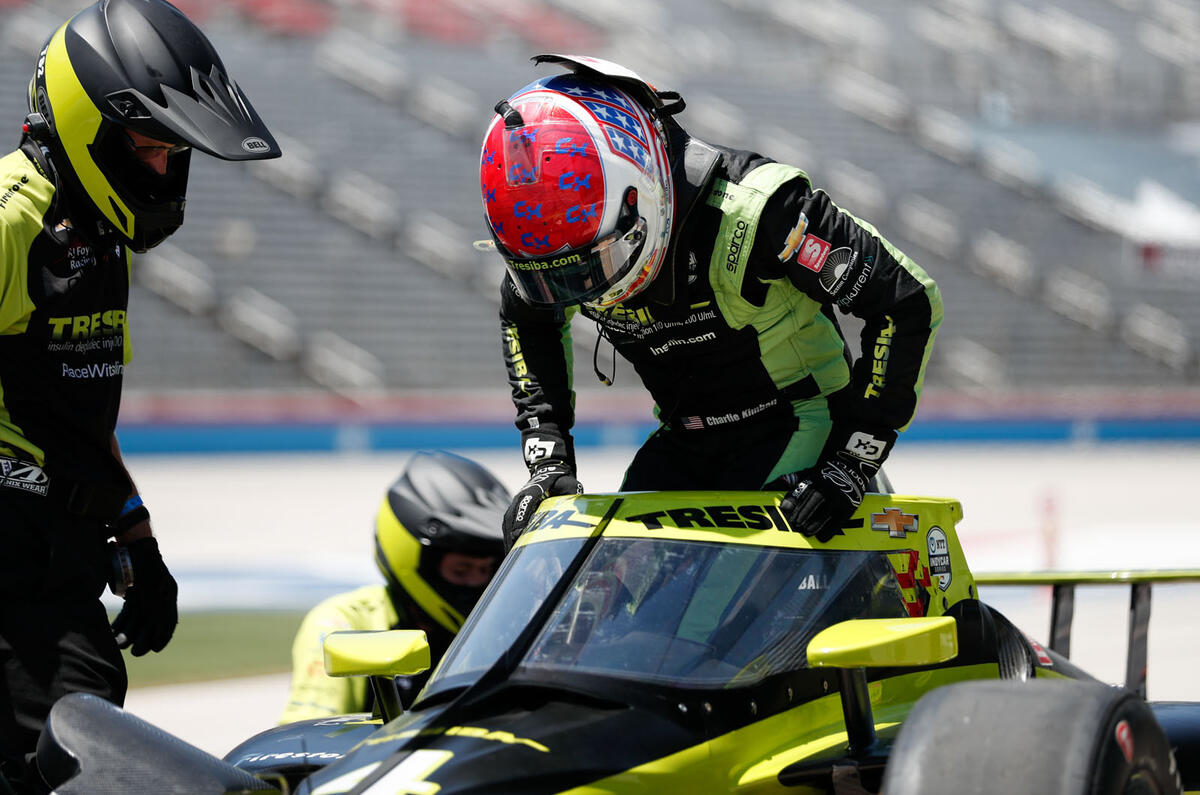

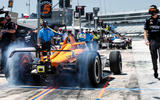

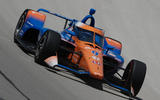

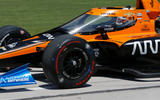
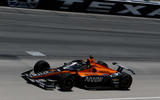

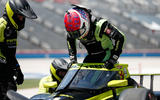



Join the debate
Add your comment
Correction...
Ferrari's last outright win at Le Mans was not in " the early 70s" but in 1965, and that wasn't even a team car, all of which failed - the winner was the NART entry driven by Masten Gregory and Jochen Rindt.
What next?
All the safety, still all the spectacle, all we need in the cars now is an ejector Seat!